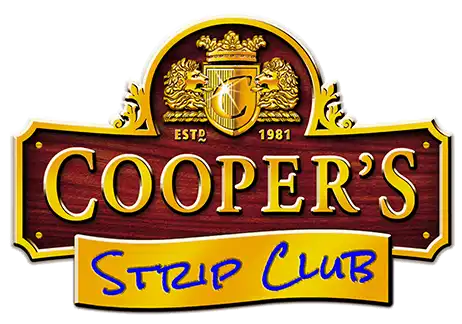The following is an explanation of a number of possible “Unforeseen Stripping Results” with our recommended first course of action to remedy them. Often the complete removal of the blemish is not necessary to improve the timber to an acceptable standard.
- Paint in the grain: This is where paint pigment has remained in the grain at the end of Step 6’s Rinsing Phase, this can normally be removed by repeating Steps 4 – 6, but this time ensuring that Grit Embedded Nylon Pads & or soft bristled brushes are used to scrub with. On the rare occasion that unwanted pigment still remains this is deemed to be “Permanent Pigment”, see below for a possible remedy.
- Badly coloured filler: This is where the existing filler that has been used to fill nail holes etc does not blend close enough to the finished look of the stripped piece of timber. The old filler will need to be removed and filled again. See “Filling Small Holes in Timber”.
- Borer holes: A borer hole that is clean and empty is best left alone, a borer hole that is full of old paint or incorrectly coloured filler will need to have the contents removed & re filled. See “Filling Holes”.
- Water stain: Where water has sat against the timber for an extended period of time, resulting in an unsightly stain. See “Grain Enhancing”. Alternatively, a small mark can often be removed by lightly ‘Shaving” the surface.
- Mould: A black marking where the old finish has broken away exposing the timber to the elements for an extended period of time. See “Grain Enhancing”. Alternatively, a small mark can often be removed by lightly ‘Shaving” the surface.
- Rust marks: Similar in appearance to mould, rust marks are caused by steel being exposed to water. A common example of rust is where a latch is attached to a window sash. See “Grain Enhancing”.
- Sun bleach: Common on front doors where the timber has been exposed to direct sunlight for an extended period of time. See “Grain Enhancing”.
- Dip strip blanch: Similar in appearance to sun bleached timber, the chemicals in a hot caustic dip bath can remove the natural colour from the outer surface of the timber, leaving it blanched and dead looking. See “Grain Enhancing”.
- Furred grain: For timber to “Fur” while using Cooper’s products, the timber will usually have been over exposed to either the sun or a dip stripping process. Timber that has “furred” becomes very fluffy on the surface; this is the result of the outer layer of timber no longer having enough structural integrity to hold itself together. Some timbers such as Fijian Kauri are more susceptible than others to this situation. The remedy is to remove the outer layer of furred timber. See “Shaving”.
- Scorch marks: This is where the fibres of the timber have been permanently scorched by the incorrect use of a heat process to remove the paint, for example a heat gun or blow torch.
The remedy for this is to remove the scorched layer of timber. See “Shaving”.
- Cross sanding: This is where the timber has been sanded in a direction not inline with the grain. This may have been done at the time of manufacture or when the timber was previously stripped. The remedy for this is to remove the cross sanded layer of timber. See “Shaving”.
- Machine marks: Often timber mouldings or wall linings made from T & G were only machined before they were finished, that is they were never sanded. Often the resulting machine marks look perfectly fine and in character but on occasion they do not & will need to be removed by “Shaving”.
- Scraper marks: When stripping is done with a flat edged scraper blade, the ends can easily gouge the timber surface. The remedy for this is to remove the gouged area of timber. See “Shaving”.
- Permanent pigment: In some cases a small amount of paint or stain residue might remain in the grain, this usually enhances the restored character (Patina) of the timber, however if the pigment is not to your liking the situation can be dealt with in two ways as follows:
– To disguise the pigment you can stain it. See “Timber Staining”
– Remove some or all of the pigmented layer of timber. See “Shaving”.
